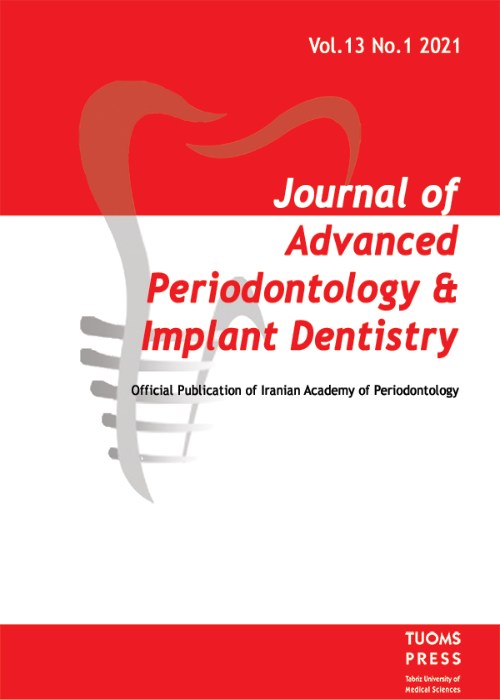Occurrence and severity of spontaneous exposure of cover screw after dental implant placement
Perforation of the soft tissues overlying the dental implant, resulting in early and spontaneous exposure of cover screws between stages I and II of the two-staged implant placement procedure, is a common problem that can disrupt the primary repair and osseointegration process. The present study aimed to investigate the prevalence of spontaneous exposure of cover screws in dental implants and identify the related risk factors.
The present retrospective, descriptive-analytical study enrolled 40 patients with 182 dental implants in the second stage of the implant placement procedure. Data on patient-related and implant- related classified variables were collected, and all the samples were examined for cover screw exposure based on the classification by Tal. First, the overall prevalence of cover screw exposure was calculated. Then, statistical analysis was performed using SPSS 24 to investigate the effect of different variables on this exposure. The chi-squared test was used at the bivariate level, while the logistic regression was used at the multivariate level.
Of 40 participants with182 implants, 17 implants (%9.3) in9 patients (%22.5) became exposed to the oral cavity. In terms of severity, Class I exposure was the most common with seven implants. Moreover, Class III was the least common with only one implant. Using the logistic regression analysis, we found significant relationships between the dental implant exposure and the variables of overlying mucosal thickness (OR=24.7, P≤0.001), the duration between tooth extraction and implant placement (OR=9.6, P=0.005), and implant location in the jaw (OR=3.8, P=0.033). Moreover, exposure was more common in the maxillary premolar area (%22.5) than in other locations. Also, there was a significant relationship between implant exposure and lateral augmentation (OR= 0.20, P=0.044), indicating the higher risk of exposure in implants with lateral augmentation than those without augmentation.
Despite the limitations of this retrospective study, its results showed that three factors, including the overlying mucosal thickness of < 2 mm, implant placement in fresh extraction sockets, and maxillary implants, especially at the location of maxillary premolars, were strong predictors of spontaneous implant exposure.
- حق عضویت دریافتی صرف حمایت از نشریات عضو و نگهداری، تکمیل و توسعه مگیران میشود.
- پرداخت حق اشتراک و دانلود مقالات اجازه بازنشر آن در سایر رسانههای چاپی و دیجیتال را به کاربر نمیدهد.


